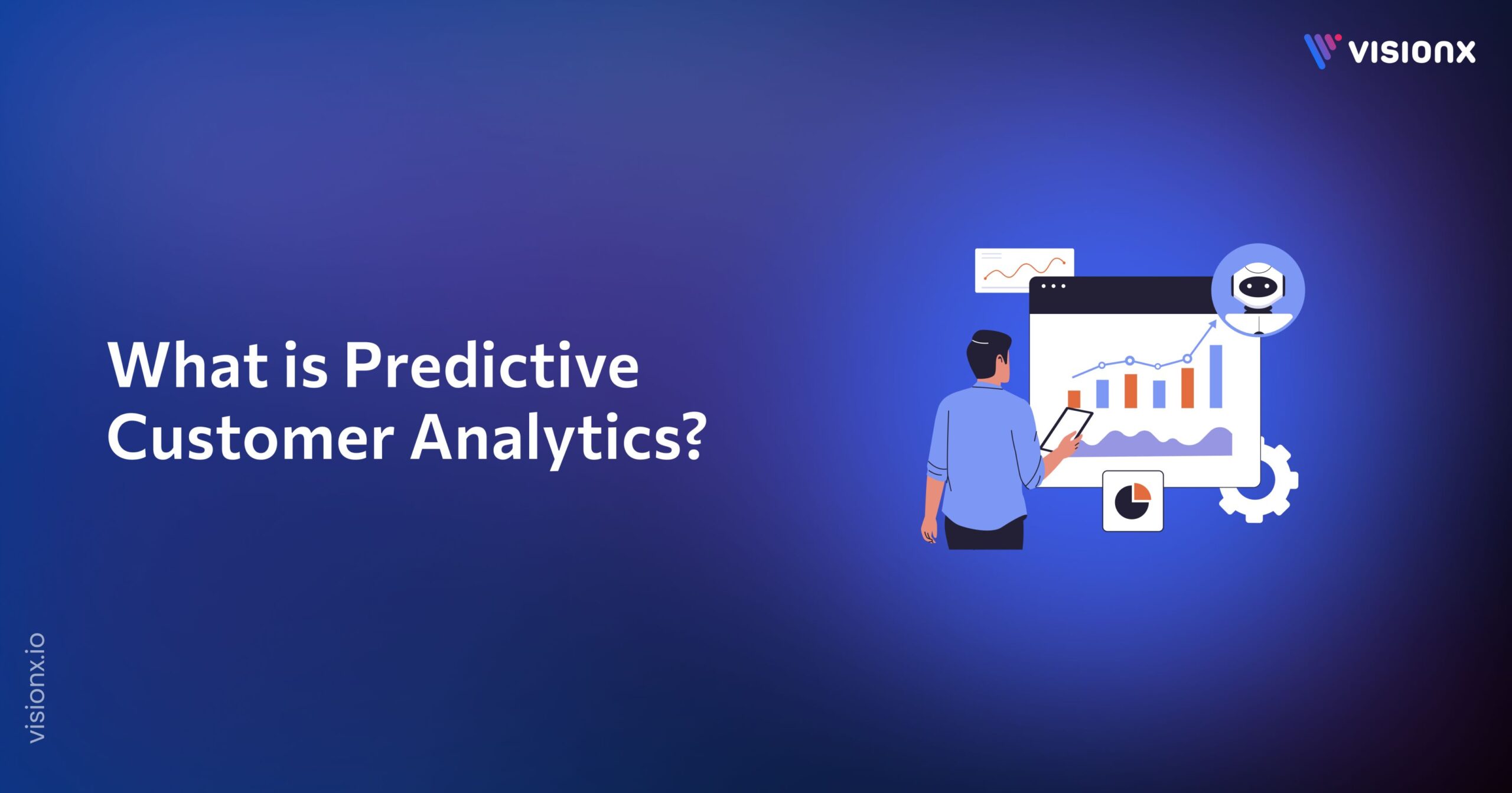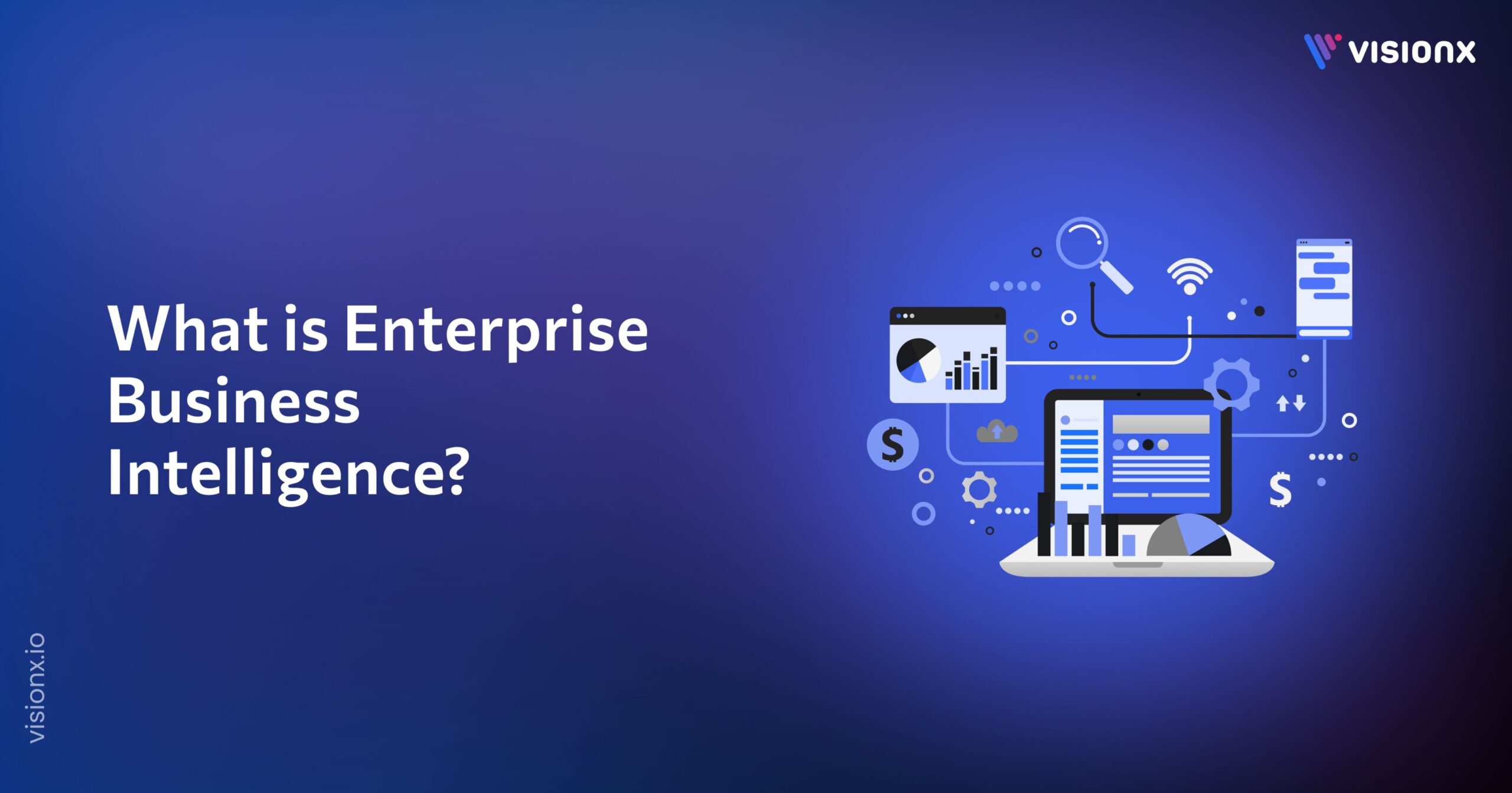Sick of generic software that doesn’t quite get your individual needs? Fed up with the constraints of off-the-shelf solutions? If you’ve ever wished you could tailor technology to perfectly fit your life or work, then learning how to create an AI could be the solution.
Regardless of how interested you are in AI, whether as a developer aspiring to enhance your skill set or as a curious beginner, learning to build your own AI is truly a vista of opportunities.
This may sound difficult, but with the resources and help you need, creating an AI becomes quite rewarding, even fun. So this is a comprehensive guide developed to assist you in reaching each of these steps.
This guide provides a hands-on route to making your own AI, breaking through the constraints of current tools.
What is Artificial Intelligence Development?
Developing artificial intelligence is a set of processes to make machines and software that have the abilities to imitate human thought and learn from data, as well as make decisions independently of human intervention. It comprises topics like machine learning, natural language processing, and computer vision to educate the machine-ready systems, which will eventually make artificial intelligence very competent for anything.
AI in Action:
According to Statista, the global artificial intelligence market is projected to reach $244.22 billion by 2025, with an annual growth rate of 26.60% from 2025 to 2031. This just illustrates how quickly the industry is evolving and how significant it has become to develop AI in all sectors.
Types of AI
Artificial intelligence is a broad field, and to really create an artificial intelligence, one needs to know about the various types that exist. Every type possesses different properties and uses, ranging from doing specific tasks to outdoing human intelligence in the future. Below are the three general categories:
1. Artificial Narrow Intelligence (ANI) – Weak AI
ANI is the type of AI we most widely use today. It’s coded to do individual tasks and usually called “weak AI.” It may take more or less than the rest when it comes to developing AI under this category. For instance, recommendations on Netflix or making AI that recognizes facial features or is voice-enabled. If you’re interested in how to code an AI that performs a single task, ANI is where you should begin.
2. Artificial General Intelligence (AGI) – Strong AI
AGI refers to machines that can perform any intellectual task that a human can do. It’s the AI we read about in science fiction—machines that learn, reason, and evolve like humans. Even as developing artificial intelligence to this degree remains far-fetched, it is something on which numerous scientists are actively making progress. To those interested in how to build AI software capable of a smarter, more human-like intellect, AGI stands as the eventual endpoint.
3. Artificial Superintelligence (ASI)
ASI is a higher level of AI advancement, where the machine’s capabilities surpass human intelligence. To develop artificial intelligence at this level, sophisticated algorithms and systems will be needed beyond our current knowledge of AI. Although it is still a theoretical concept, the notion of creating your own artificial intelligence that outperforms human-level thinking has fueled numerous discussions about the future of technology.
What Do You Need to Build An AI System?
Knowing how to make an AI system requires a number of essential abilities and resources. Here’s what you’ll need to develop AI;
- A good understanding of the problem and the appropriate data (structured vs unstructured data) to train the AI model.
- Strong programming skills, particularly in Python, along with knowledge of machine learning algorithms.
- Tools and libraries like TensorFlow, PyTorch, or Scikit-learn to help build and train your AI model.
- Access to powerful computational resources, such as GPUs or cloud platforms like AWS or Google Cloud.
- Evaluation methods to guarantee your model works well and can be optimized to be more accurate.
- A deployment plan for bringing the AI into applications, as well as continuing maintenance.
- Knowledge of ethical issues, including avoiding biases in your AI model.
Simple Steps on How to Make an AI From Scratch
Here is a simple-to-follow process for making an AI from scratch.
- Define the problem you want your AI to solve
- Collect and prepare quality data for training
- Choose the right AI algorithm for the task
- Train your model using the data
- Evaluate performance and fine-tune as needed
- Deploy and monitor your AI in the real world
Step 1: Define the Problem
The first step in creating artificial intelligence is to define the problem you wish the AI to address. Whether it’s forecasting trends, identifying images, or natural language processing, having a clear goal will inform every aspect of developing AI.
Step 2: Collect and Prepare Quality Data
Your data is very fundamental to AI. To train your own AI, some relevant data needs to be gathered and preprocessed into a format that is clean and usable. Sometimes, this stage may involve coding for AI to clean and format the data in a way that is understandable for the model you wish to utilize.
Step 3: Choose the Right AI Algorithm
When you’re done preparing the data, choose the right AI algorithm for the task. Depending on your project, you may even have to implement AI using a particular class of algorithms, a neural network for a complex task, and a decision tree for a simple one. Applying knowledge about how to create AI will ensure that the algorithm is performing correctly.
Step 4: Train your Model
During the training phase, the AI learns from the data you provided. This is the step where the data gets loaded into the algorithm of your choice to allow the model to modify its internal parameters. If you’re making an AI model for beginners or using some complex techniques, training your own AI becomes a pivotal aspect in developing your AI software.
Step 5: Evaluate Performance and Fine-Tune
When training is over, model testing is to be conducted to check how well it will perform. Some performance metrics may be used, e.g., accuracy, precision, etc. Based on model performance, one has to modify the algorithm or data to better optimize the AI software while fine-tuning a process that must be programmed with real-life performances.
Step 6: Deploy and Monitor Your AI
The process of deployment for an AI comes after testing. It involves bringing the AI application into a real-world environment. Whether you are building your own AI tools or are developing a custom AI program, you will need to monitor performance continuously to ensure the AI does not lose its effectiveness and continues to improve over time. Update and retrain as necessary to keep it relevant and accurate.
Hurdles OF Creating Artificial Intelligence
When developing artificial intelligence, you may run into the following difficulties:
- Data Availability and Quality: Ensuring that the data you need to train your AI is sufficiently diverse and correct is one of the most difficult tasks. Your AI may not function well if you don’t have the correct data.
- Algorithm Complexity: With so many possibilities available, choosing the best algorithm can feel intimidating. and tailoring them to your particular task? That in itself is a difficulty!
- Computational Power: A lot of computing power is required to run AI models, particularly more intricate ones like deep learning. If you don’t have the proper setup, it can become quite expensive and challenging to manage.
- Bias and Fairness: AI models can unwittingly acquire biases in the data, which may lead to unfair decisions. Fairness is a daunting challenge, yet it’s indispensable to achieve.
- Integration with Existing Systems: It can be cumbersome to integrate AI smoothly into your existing software or hardware installation. It often needs some thorough tweaking and readjustment to make everything work synergistically. Which is the reason why many businesses rely on AI integration services to simplify the procedure.
Tips for Success in AI Development
Artificial Intelligence (AI) is perhaps the most fascinating and fast-developing technological sector. With the potential to change the way we live and work, AI development is a most coveted skill in the current job market. Here are the tips that will lead you to create artificial intelligence and achieve success in AI development:
Remain Curious:
The world of AI is dynamically changing. You need to be updated with latest developments to come up with cutting-edge artificial intelligence. Whether it’s learning about how to code AI or discovering new approaches, remaining curious will enable you to harness AI’s power accordingly.
Practice Regularly:
Becoming proficient in developing AI requires continuous practice. Dedicate your time to building your own AI software and experimenting with different AI projects. By doing this, you’ll improve your skills and stay on top of the latest trends. Consistency is key when learning how to make an AI or how to code for AI.
Collaborate and Learn:
Actively participate in the AI community through workshops, forums, and group work with others. This could potentially lead to the development of your own artificial intelligence by learning from others and teaching them about your own experiences. Working with others who have similar interests will assist in broadening your knowledge and expertise in AI, be it about creating a machine learning model or programming an AI application.
Embrace Failure:
Creating AI is a trial-and-error process. Don’t be afraid to fail—it’s a great way to learn and get better. Each failure makes you closer to becoming an expert at creating an AI model for beginners or learning how to create an artificial intelligence program. Don’t forget that failure is on the path to creating AI tools that function.
Use AI to Grow Your Business: Let VisionX Lead the Way
Ready to take the next step in AI development? VisionX is an expert in developing customized AI models that push your business forward. This team can provide everything from custom AI model creation to advanced natural language processing and cutting-edge computer vision.
We have you covered as we can help you with everything from strategizing and mapping out your AI initiatives to making robust, scalable Gen AI solutions a reality. Let’s discuss your overarching vision so that we can build something tailored just for you.
So, connect with us for the beginning of your artificial intelligence journey!
FAQS
To make an AI, you can start with a straightforward task such as image or text classification. Gather and preprocess data, and utilize novice-friendly libraries such as scikit-learn or TensorFlow to train and test your model. Web tutorials and courses can assist you in the process.
Python is the most used AI programming language because it is easy and has extensive library support. To develop an AI using Python, get libraries such as TensorFlow, PyTorch, or scikit-learn. Clean and prepare your dataset, select a model, train it, and validate its performance. Python's readability and robust community make it perfect for novices and professionals alike in developing AI.
Learning the basic concepts takes several weeks. Creating projects with confidence can take three to six months. Depending on your background and speed, mastery and specialization may take a year or longer.
Yes. Developers need to consider data privacy, justice, bias, responsibility, and AI's effects on society. Reducing harm and maintaining transparency are essential components of AI development. How to make an AI model for beginners?
How to make an AI in Python?
How long does it take to learn AI?
Are there any ethical considerations in AI development?


